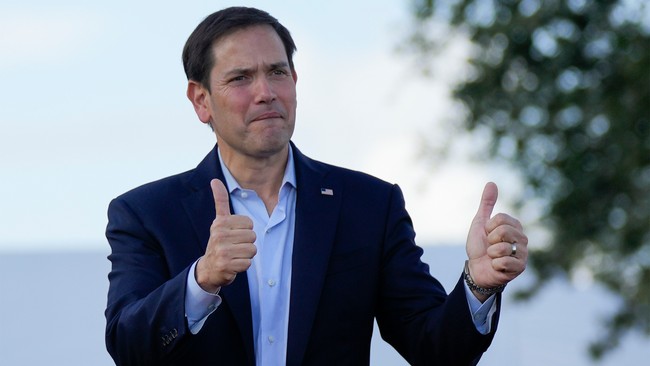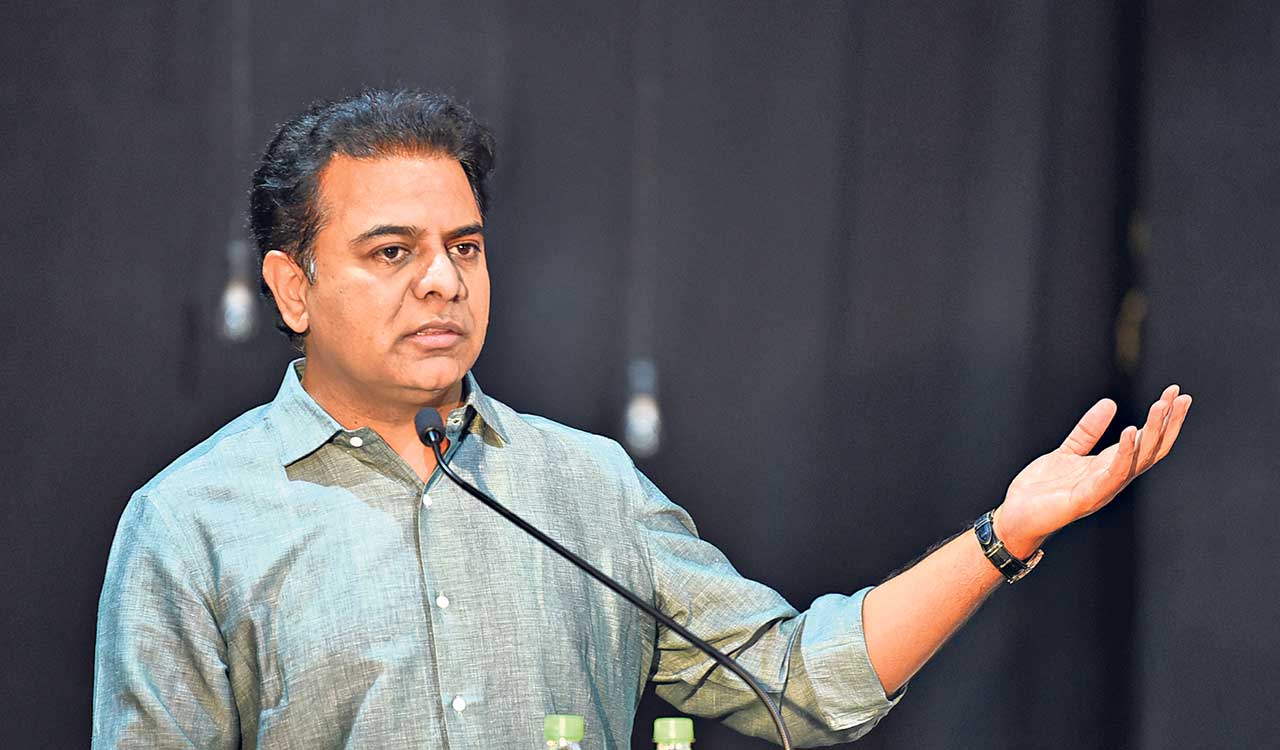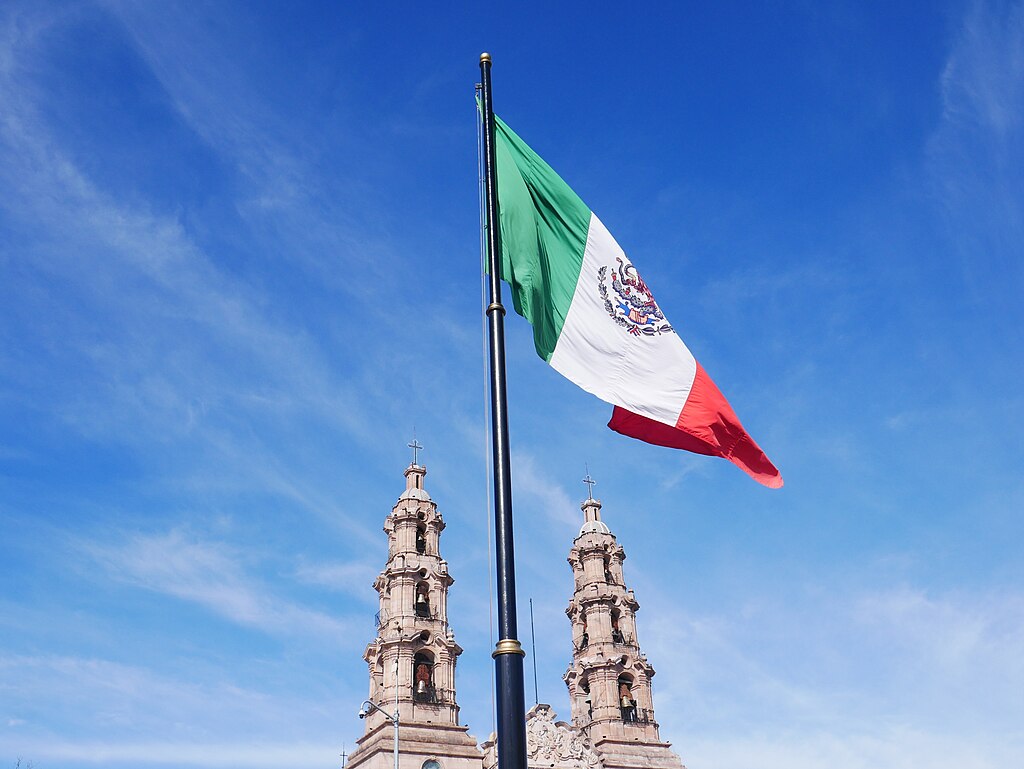The Global Stakes of Trump's Tariff Strategy
Understanding the intricate web of trade tariffs initiated by President Trump reveals broader implications not just for the United States, but for its trading partners around the world.
Published April 05, 2025 - 00:04am

Image recovered from redstate.com
The global trade landscape is undergoing a seismic shift as President Donald Trump pursues a controversial strategy aimed at rebalancing the United States' trade relationships. At the heart of this strategy are extensive tariffs imposed on a wide array of imported goods, a move intended to revive the U.S. industrial base but drawing both domestic and international criticism.
Florida Senator Marco Rubio, speaking from the NATO headquarters in Brussels, endorsed Trump's aggressive trade policies. Rubio asserted that the tariffs signal an intention to reset the global order of trade, emphasizing the need for the U.S. to transition from primarily a service-based economy back to a manufacturing one. Rubio's comments underscore a belief that the current global trade architecture disproportionately disadvantages American industries, a notion that has fueled the administration's tariffs initiative.
The repercussions of these tariffs are manifold. On top of altering trade dynamics, they create volatility within global markets. Countries and corporations, previously reliant on stable and predictable trade, find themselves adjusting to new barriers that necessitate a recalibration of international supply chains and economic forecasts.
Concerns have emerged regarding the domestic impacts as well, evident in the reaction from financial markets. The Dow Jones Industrial Average has faced a significant dip since the tariffs were announced, prompting fears of a broader economic downturn. Rubio, however, assures that market adjustments are a normal response to policy shifts and that the ultimate outcomes will benefit American production and employment, provided that businesses and markets adapt to the new rules.
Meanwhile, critics, including those aligned with a free-trade philosophy, argue that the tariffs might inflict more harm than good. Peter Morici, an economist and former professor, has highlighted potential escalations in the federal deficit as tariff revenues might fall short of compensating for the broader economic costs. Additionally, there are warnings about inflationary pressures as tariffs cause import costs to surge, subsequently raising prices for consumers.
On the international stage, countries like China are mounting retaliatory measures. China has announced counter-tariffs, including a 34% levy on U.S. imports, and threatened further restrictions on critical materials such as rare earth elements, pivotal for advanced technological manufacturing. This tit-for-tat approach raises the specter of an extended trade war, which could undermine not only U.S.-China relations but also global economic stability.
European Union members are particularly wary, with high tariffs potentially imposed on European cars and other exports. Such measures could strain the historically robust transatlantic economic ties, especially considering the significant export reliance of EU countries like Germany on the U.S. market. There is a consensus among economists that even though the immediate tariff effects might aim to protect domestic industries, the broader economic repercussions could include job losses and reduced trade volumes.
Compounded by multiple layers of trade barriers, the tariffs offer a litmus test for international economic policy and diplomacy in the 21st century. As the dust settles, it remains to be seen whether Trump's gambit will solidify America's industrial revival or if it will catalyze a transformation that inadvertently steers global economies towards protectionism and reduced collaboration.







